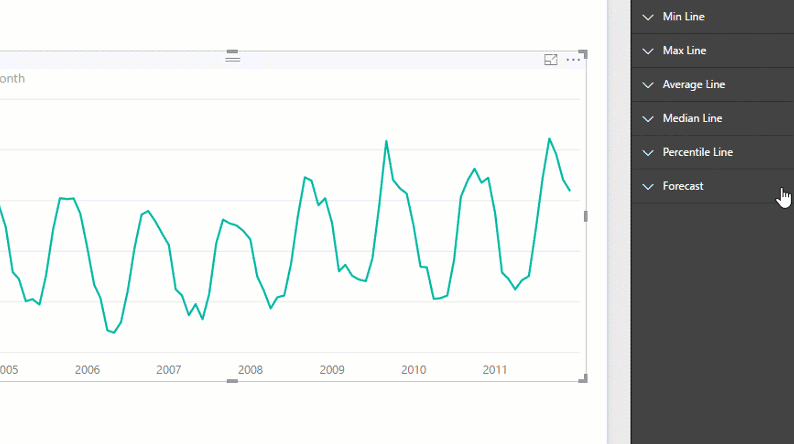Data analysis with Power BI
Power BI revolutionizes the classic approach to data analysis, which until now was the domain of IT specialists, analysts and programmers. Data locked in IT systems is now available to every business user – thanks to intuitive visualization and ease of use.
Data analysis with Power BI no longer requires advanced technical knowledge. If you use Excel, you will quickly find your way around Power BI. Interactive reports, charts, and dashboards make it easy to understand information and make smart decisions in real time.

Visual form, intuitive operation
With Power BI’s user-friendly interface, anyone can delve into data, understand its context, and draw conclusions. Data visualization supports cognitive processes, facilitates interpretation, and makes business decision-making faster and more informed.
Data analysis with Power BI helps build a fact-based culture – both among managers and operational employees.
Power BI intelligent analytics
Power BI offers a set of features that make it easy to explore data and discover hidden patterns that were previously hard to spot. Key capabilities include:
quick measures – automatic calculation of key indicators (e.g. profit, margin, growth),
data grouping – organizing information according to selected criteria,
forecasting – predicting future trends based on historical data,
clustering – intelligent creation of groups based on similarities,
advanced DAX formulas – for more experienced users who want to create personalized data models.
Thanks to these tools, data analysis from Power BI becomes more accurate and better tailored to the individual needs of the organization.
Data analysis from multiple sources – in one place
Power BI lets you combine data from different systems – from simple Excel files to advanced sources like SQL, Dynamics 365, Salesforce, and Google Analytics. This means you can analyze sales, marketing, financial, and operational data in one coherent environment.
This integration allows you to create a complete picture of the business situation – without having to switch between applications or copy data.
Business benefits of data analysis with Power BI
Introducing Power BI into your daily work brings real, measurable benefits:
time savings – creating reports takes minutes, not hours,
elimination of errors – data is updated automatically and is always consistent with reality,
greater user independence – business teams can create their own analyses without involving the IT department,
better decisions – thanks to better data, made faster and more accurately.
Power BI changes the way you think about data – from a reporting tool to a business development partner.
How can EBIS help you?
At EBIS, we have been supporting companies in data analysis using the Power BI platform for years. Our experience includes:
implementing analytical environments tailored to specific goals,
integration of data from various sources,
building intuitive dashboards and reports,
training teams in data analysis with Power BI,
ongoing support and development of implemented solutions.
We help you not only implement Power BI, but above all, make it a real support for your organization in everyday decision-making.
Contact us and see how data analysis with Power BI can improve your business operations.